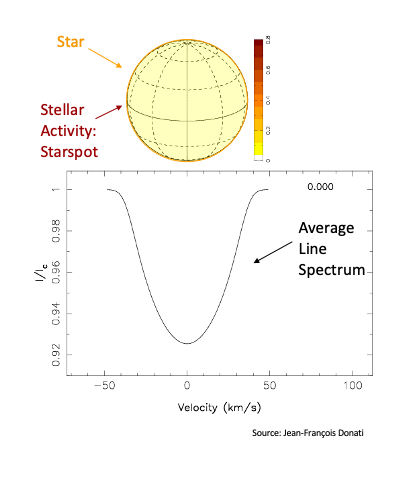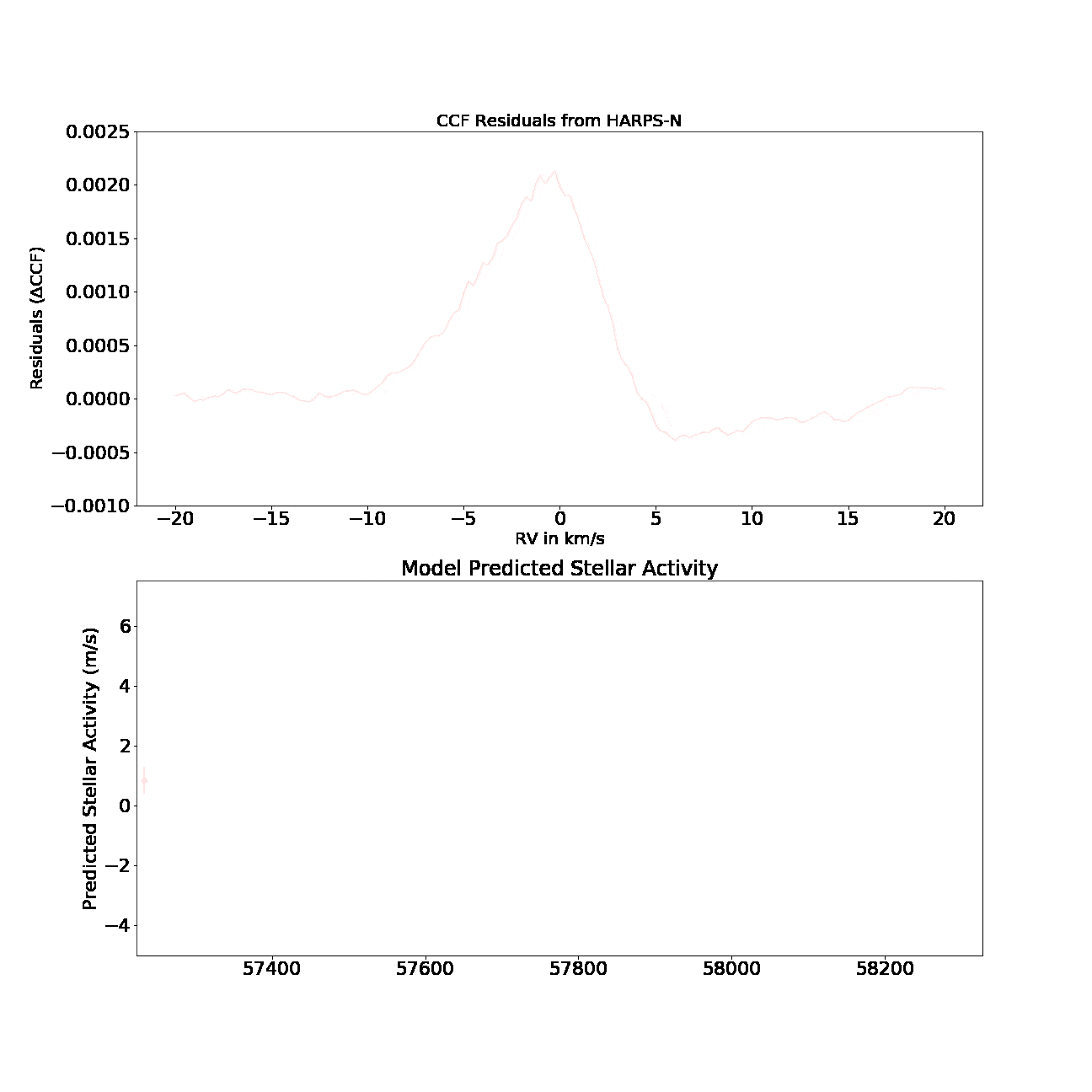top of page

DISRUPTIVE PLANETS
discovering and studying new worlds to consolidate our understanding of planets and habitats.

Zoe de Beurs
Zoe is a PhD student in Planetary Science in the EAPS department. She works with Prof. Julien de Wit on understanding planet-star interactions specifically for eccentric systems. Furthermore, her research interests include planetary atmospheres, using machine learning for exoplanet detection, and mitigating stellar activity in radial velocity measurements to become sensitive to the signals of earth-twins. When Zoe is not searching for exoplanets, she can be found drinking copious amounts of coffee, watering her plants, reading books by her favorite author Chimamanda Ngozi Adiche, or advocating for making science more accessible through outreach and directing initiatives to promote equity and inclusion.
Graduate Student
Contact Information:
Email: zdebeurs@mit.edu
Office: 77 Massachusetts Ave, 54-1715, Cambridge, MA 02139
Featured Research Figures

Figure 1.
Starspots on the surfaces of stars can mimic or completely hide the signals of earth-mass exoplanets in radial velocity observations. In this research project, we use artificial intelligence methods like neural networks to predict the noise that starspots introduce such that we can remove it and reveal potentially hidden planets. This figure demonstrates how starspots introduce shape changes in the average line spectrum of the star.

Figure 2.
Our solution is to train a type of AI called a neural network (NN) to recognize these shape changes and predict the noise from starspots. Zoe reduced the noise by a factor of two using NNs for observations from the Sun, leading to this paper: http://arxiv.org/abs/2011.00003. In this animation, we can see the neural network in action: the neural network network sees the shape changes caused by startspots in the top panel and predict the corresponding noise signal in the bottom panel.

bottom of page